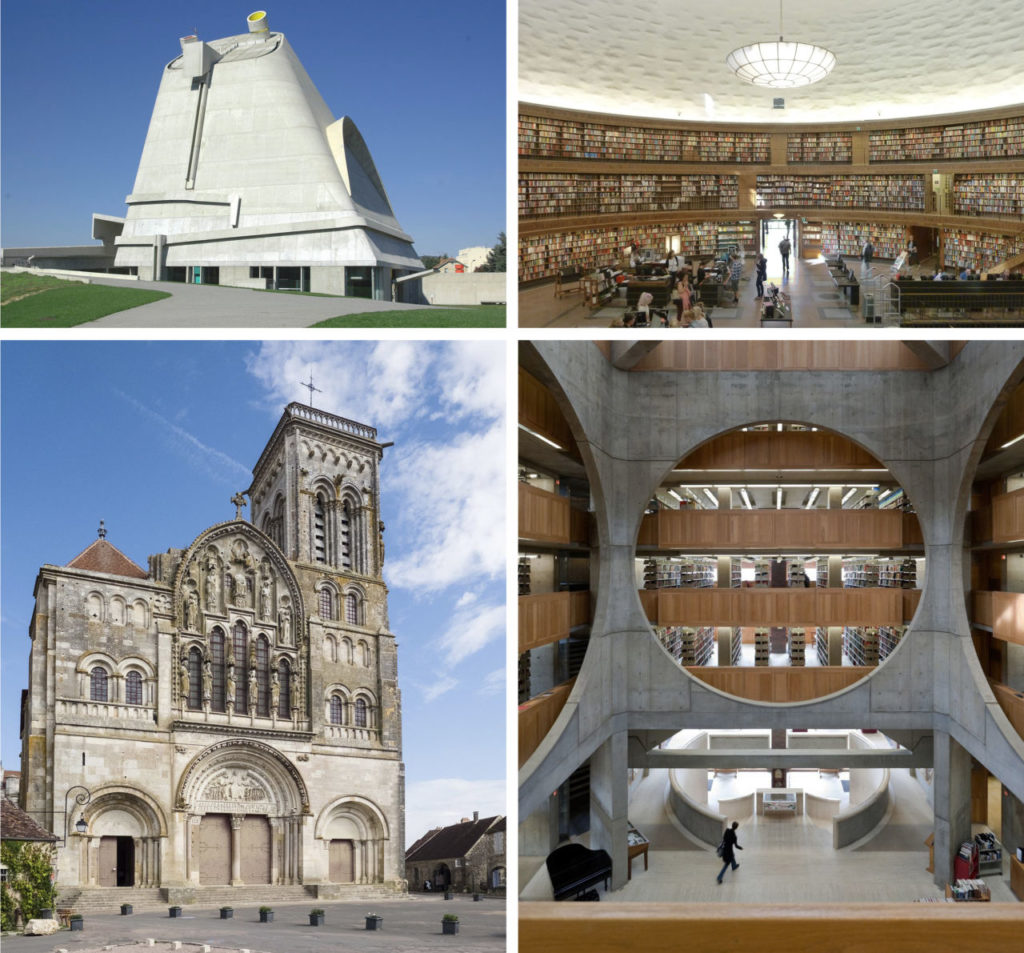In 1950, certain scientists began to study how spaces affect people’s behaviour. Several research groups analyzed how the design of hospitals, particularly psychiatric buildings, had an influence on the behaviour of patients. As a result, the patterns that directly affect the individual were deepened and, for example, residences for elderly people are now designed in a way that the building itself is part of the treatment.
We will start a series of articles analyzing the patterns that have seemed most interesting to us and that are present in the architectural spaces we visit every day. We will start with THE HEIGHT:
According to the task we are going to perform, we suggest more or less high places. If we do an operating room or a bank, a low place is preferable since the user tends to pay more attention to the details; whereas, if what you are trying to achieve are great works of art or science, then it is recommended that the place be high since these rooms are inspiring.
Take for example the church. Its high ceilings are considered noble and heavenly, where the paradise is placed, while the ground is considered mundane and frivolous and below it lies hell. Likewise, the Church is a symbol of the way to heaven, to salvation, and that is why it rises towards him.
However, libraries, where the individual needs to concentrate on reading or studying, have rooms with lower ceilings and surely separated from the central place of book storage. Even the smaller rooms will be more successful than the main ones.
From your home and office to urban parks, you can determine the development of the people who use these spaces every day. At Wortmann Architects, we want to work with each users experience and design spaces to live in naturally and comfortably. In this way, we provide added value to our projects.

